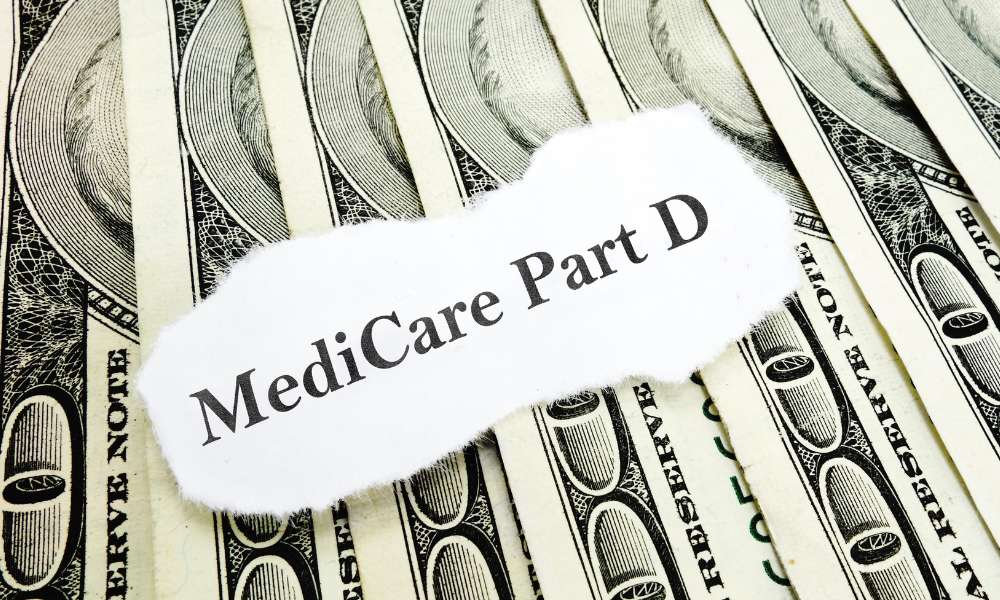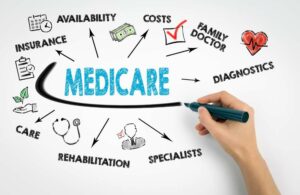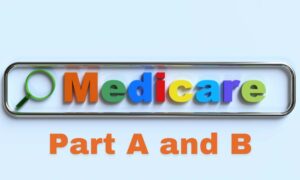Medicare Part D plays a vital role in the extensive Medicare framework by aiming to ease the financial strain associated with prescription medications for qualified recipients. As a fundamental element of the American healthcare system, Medicare Part D provides insurance coverage for prescription drugs, guaranteeing that those enrolled in Medicare have the means to acquire essential medications crucial for their health and overall welfare. The importance of prescription drug coverage cannot be emphasized enough, particularly for the elderly demographic that depends on Medicare. Affordable access to medications can bolster adherence to treatment regimens, halt the advancement of diseases, and ultimately enhance the well-being of countless Medicare beneficiaries across the country.
What is Medicare Part D?
Medicare Part D serves as a program for prescription drug coverage within the broader Medicare system, primarily aiding beneficiaries, including seniors and certain disabled individuals, in obtaining necessary outpatient prescription medications. Unlike other Medicare parts, like Part A for hospital coverage and Part B for medical services, Part D is exclusively focused on pharmaceuticals.
There are two main types of plans for accessing Part D coverage: Stand-Alone Plans and Medicare Advantage plans (Part C). Stand-alone plans work alongside Original Medicare (Parts A and B), giving beneficiaries the option to select a Part D plan to complement their coverage. Medicare Advantage Plans, on the other hand, consolidate hospital, medical, and prescription drug coverage into a single package, with some including Part D benefits for a comprehensive solution.
Understanding formularies is crucial to grasping how Part D operates. Formularies are lists of covered drugs specific to each Part D plan, encompassing both brand-name and generic medications and detailing their coverage levels, such as preferred and non-preferred status. By consulting formularies, beneficiaries can determine which drugs are covered by their chosen plan and at what cost.
Coverage Details
Types of Drugs Covered by Part D
Formularies within Part D plans encompass a diverse array of medications, including both brand-name and generic drugs.
- Brand-name drugs: These medications are formulated and sold by specific pharmaceutical companies, often bearing recognizable names and protected by patents.
- Generic drugs: These are cost-effective alternatives to brand-name drugs, containing identical active ingredients but manufactured by different companies. The availability of generic drugs contributes significantly to affordable healthcare solutions.
Tiers of Coverage
Part D plans classify drugs into distinct tiers, each with varying levels of cost-sharing:
- Tier 1 (Preferred Generic): Comprises the most cost-effective generic drugs.
- Tier 2 (Non-Preferred Generic): Encompasses other generic options with slightly higher costs.
- Tier 3 (Preferred Brand-Name): Covers brand-name drugs preferred by the plan.
- Tier 4 (Non-Preferred Brand-Name): Involves higher costs for other brand-name drugs.
- Tier 5 (Specialty): Reserved for high-cost specialty medications, such as biologics.
Examples of Commonly Covered Medications
Here are some medications frequently included in Medicare Part D coverage:
- Metformin: Used for diabetes management.
- Lisinopril: A medication for controlling blood pressure.
- Atorvastatin (Lipitor): Helps in reducing cholesterol levels.
- Levothyroxine (Synthroid): Prescribed for thyroid conditions.
- Omeprazole (Prilosec): Treats acid reflux and ulcers.
Medicare Part D is a critical program designed to help beneficiaries afford necessary prescription medications. Let’s delve into the various costs associated with this program and how beneficiaries can navigate them to make informed decisions.
Monthly Premiums
Beneficiaries enrolled in Medicare Part D are required to pay monthly premiums to maintain their prescription drug coverage. The amount of these premiums varies depending on the specific Part D plan chosen. Some plans may charge no premium, while others may have higher monthly fees. It’s crucial for beneficiaries to compare premiums when selecting a plan to ensure it fits their budget and needs.
Cost-sharing (copayments or coinsurance)
Cost-sharing is another aspect of Medicare Part D that beneficiaries need to understand. This involves sharing the costs of prescription drugs with the Part D plan. Copayments require beneficiaries to pay a fixed amount for each medication, such as $10 per prescription. On the other hand, coinsurance involves paying a percentage of the drug’s cost, like 20% of the total price. The specific details of cost-sharing depend on the drug’s tier within the formulary, so beneficiaries should be aware of these differences.
Coverage Gap (Donut Hole)
The coverage gap, often referred to as the donut hole, occurs when beneficiaries reach a certain spending threshold. During this phase, they are responsible for paying a percentage of the drug costs out of pocket. While efforts have been made to close this coverage gap through healthcare reforms, it’s essential for beneficiaries to understand its impact and plan accordingly.
Catastrophic Coverage
Once beneficiaries surpass a higher spending threshold, they become eligible for catastrophic coverage. During this stage, their out-of-pocket costs decrease significantly, providing relief for those with high medication expenses.
Interaction with Other Insurance
Medicare Part D may interact with other health insurance plans, such as employer-sponsored plans, cooperative health coverage, or TRICARE for the military. Depending on the circumstances, Part D can be a primary or secondary payment for prescription drugs. Considering coverage potential is also important—if beneficiaries already have coverage for another prescription through an employer, they can pull their enrollment they will be listed in Part D without penalty, but they must ensure that existing premiums are adequate.
Beneficiaries with employer-sponsored or union-sponsored health insurance have additional factors to keep in mind. Prescription drugs provided by employer plans should be examined and determined if stand-alone Part D coverage is needed. Special Periods Beneficiaries with employer-sponsored income may delay enrollment in Part D without penalty during their Initial Enrollment Period (IEP), but must do so in writing enroll early to avoid the coverage gap when their employer coverage expires. Retirees who receive drug coverage through former employers should also determine whether additional Part D coverage is required.
When choosing the right Part D plan, beneficiaries should research their options, consider their specific drug needs, consider costs and coverage, and look for plans that offer additional coverage to the low-income earners. By taking this step, beneficiaries can maximize the benefits of Medicare Part D and ensure access to affordable prescription drugs, ultimately investing in their health and quality of life.
Read more: The Dark Truth About Ghost Networks In Medicare Advantage
Conclusion
In the landscape of health care, Medicare shares stand as a beacon of access and relief for millions of beneficiaries. Understanding the nuances of Medicare drug plans is not just a matter of financial prudence but an important step in maintaining the overall safety and well-being of essential drugs.
As we conclude our analysis of Medicare Part D, it is clear that knowledge is a key component of empowerment. Every aspect, from monthly premiums to catastrophic coverage, plays an important role in shaping beneficiaries’ healthcare journeys.
By delving into the complexities of Part D, we are equipped with the tools we need to make informed decisions. Whether navigating coverage differences or negotiating deals with other insurers, common sense empowers business and enables healthcare challenges to cope.
As we move forward, we take this understanding with us, advocating for equitable access to medications and supporting those on Medicare Part D. Healthier, more vibrant communities.
Knowledge is real power in the healthcare industry. Let’s use it wisely and embrace the journey to a future where Medicare Part D remains a cornerstone of health and wellness for all.















